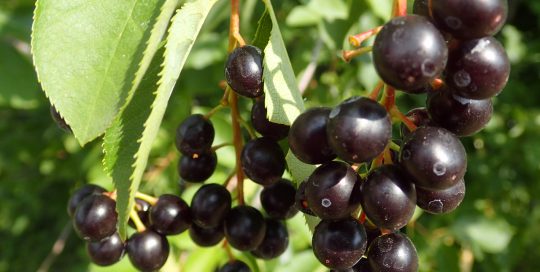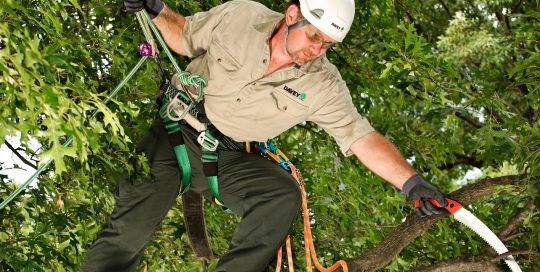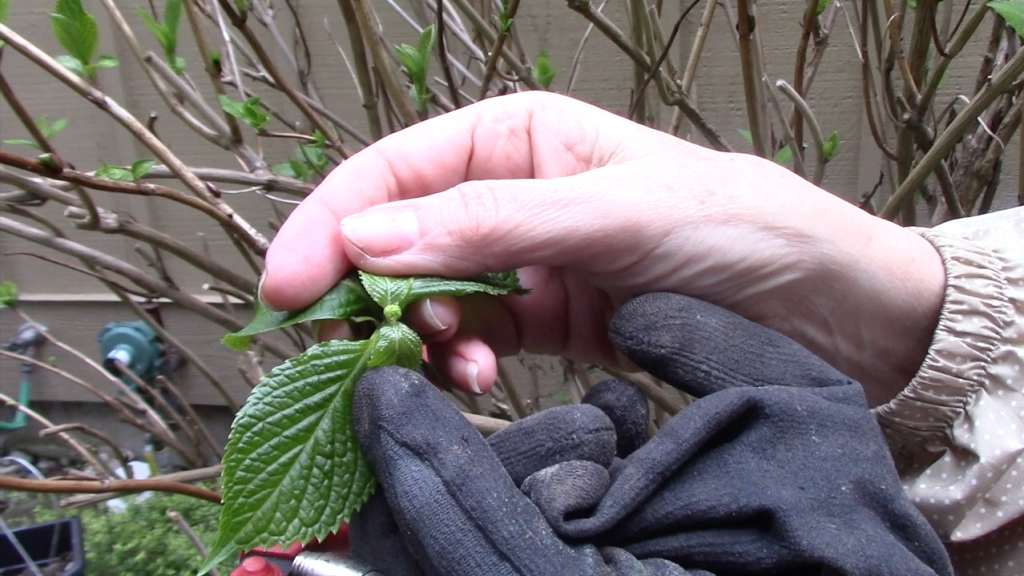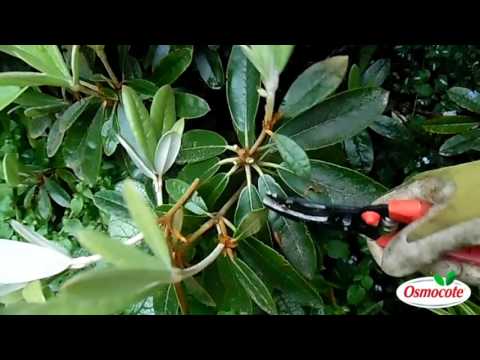Trimming evergreen shrubs
On occasion, evergreen shrubs need a trim to maintain their shape, and it should be done before the growth begins in the spring (except for pines, which benefit from trimming the new growth to maintain the shape). As with general pruning, remove any dead branches or those that are in the way of anything. From there, trim each of the branches to the desired height, preferably not taking off more than a few inches.
For pines, trim the new growth (called candles) when they’re a couple of inches long in order to keep the tree within its proper shape. Be aware that if you cut beyond the seasonal growth onto the old wood, you will simply have an unsightly branch end. It does not develop new growth at this time of the season.
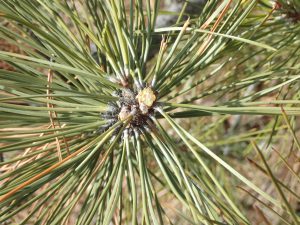
Don’t Trim Pines Below the Candle – Photo by Amy Grisak
There are some evergreens, such as junipers, that often benefit from a rather severe pruning particularly since they have a tendency to die out in the center of the plant, or can grow well beyond their intended borders. Cut back branches up to a third of their length, along with completely removing any that are growing in the wrong direction.
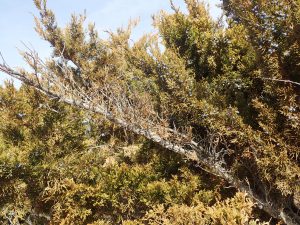
Dead Branches Should Be Cut Out of Junipers – Photo by Amy Grisak
Yews are one of the rare exceptions in the world of evergreens that tolerate a severe pruning with barely slowing down their growth. If they are unwieldy, they can be cut to the base of the trunk, and will bounce back within a season or two.
When not to prune
For the most part, do not prune any deciduous trees or shrubs in late summer. By August they should begin shifting to prepare for the winter dormancy, yet a late season trimming encourages a flush of new growth, making the plant less vigorous and more vulnerable to damage. This is also true for evergreen shrubs, which also need to harden off and prepare for the winter season. Any new growth is far too tender to withstand cold conditions, and you’ll most likely end up having to prune out more dead areas the following spring.
A satisfying task
Pruning can be hard work, particularly if there are large branches to remove, but it is one of those tasks that feels good once it’s accomplished. It allows you to step back to assess your efforts, which usually results in a lovely looking feature that is far healthier in the long run.
Related Blogs
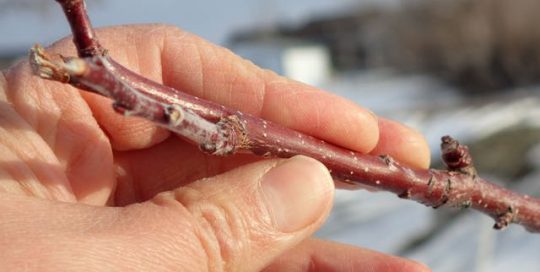
Pruning the Apple Trees – After the Deer already did – and Other Spring Tasks
Read this post

